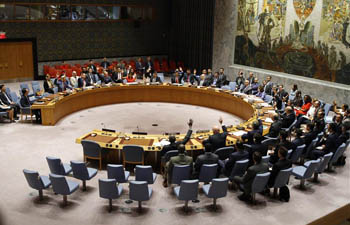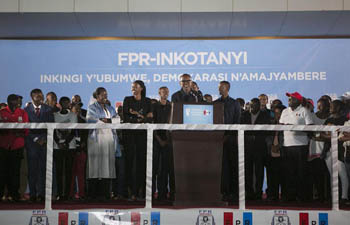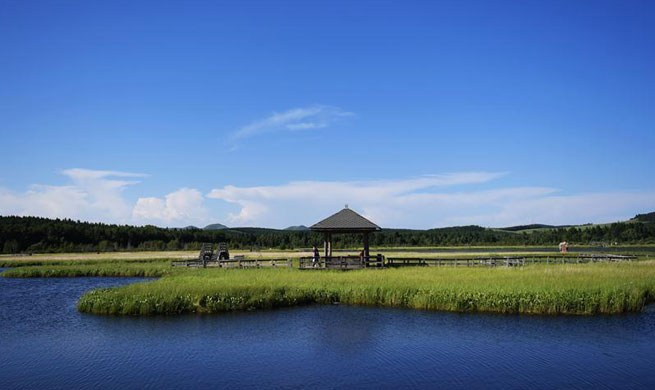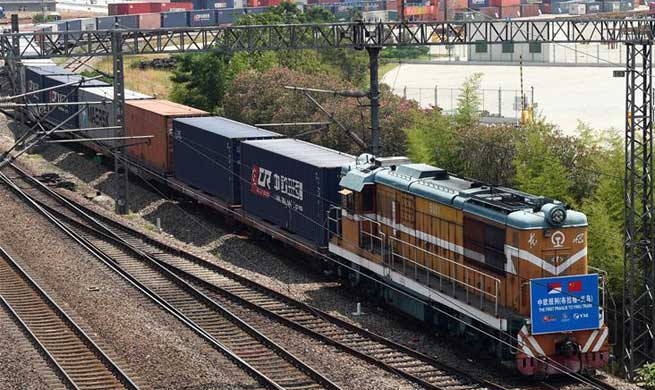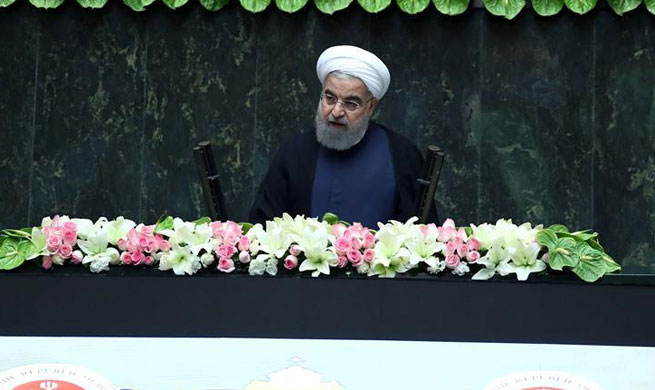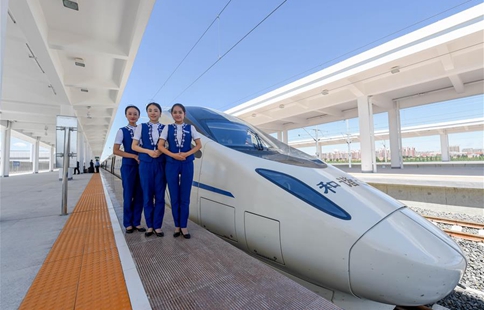SAN FRANCISCO, Aug. 5 (Xinhua) -- Two environmental engineers at Stanford University have developed a computational planning tool to help urban utilities combine two water supply strategies - collecting stormwater runoff and recycling treated wastewater - into an integrated system that replenishes aquifers.
While collecting stormwater runoff and recycling treated wastewater are usually separate processes that can create costly and underused infrastructure, underground aquifers that have been over-tapped for years are in need to be replenished and the U.S. federal government projects that 40 states across the country expect water shortages by 2024.
Inspired by water reuse leaders like Orange County in Southern California, Jonathan Bradshaw, a graduate student in civil and environmental engineering at Stanford, and Richard Luthy, a professor of civil and environmental engineering at the university in Northern California, have worked out the hybrid approach and the planning tool, known as AquaCharge.
Utilities to collect stormwater are designed to channel rainfall during the wet season into "spreading basins," which are essentially leaky ponds that are porous enough for water to percolate back down to an aquifer. Although the approach is effective, engineers typically design the basins to be big enough to capture large volumes of water, and they remain largely idle through the dry months.
By some estimates, according to Stanford University in a news release this week announcing the development of AquaCharge, Los Angeles County's spreading basins on average percolate only 12 percent of their theoretical annual capacity.
Wastewater recycling poses different challenges. Some utilities treat wastewater to the point that it can be used safely for agricultural irrigation or certain industrial purposes, such as circulating through the cooling towers of a power plant. Such uses reduce the burden on aquifers or other water sources. However, regulations require that this recycled water be conveyed in a pipeline separate from drinking water pipes.
Although many utilities have a large potential to produce recycled water, the high cost of such separate piping systems means that only a small fraction of this potential gets developed. So, most treated wastewater flows back into the sea, or into rivers and streams.
Being a leader in groundwater replenishment, Orange County purifies its wastewater so that it is clean enough to drink, then pumps the recycled water into spreading basins to recharge the underground aquifer. It is analogous to stormwater capture, except that the water source is purified wastewater.
California currently recycles about 15 percent of its available treated wastewater effluent. State water planners would like to double or triple that amount by 2030.
To assist local authorities in looking at their circumstances and in comparing the tradeoffs between different designs and finding the most cost-effective system in their region, the Stanford researchers created AquaCharge to combine what has been separate systems into a single approach to recharge groundwater, by making complex calculations that reveal costs and benefits of reuse strategies.
AquaCharge recently won three contest awards from the American Society of Civil Engineers.








